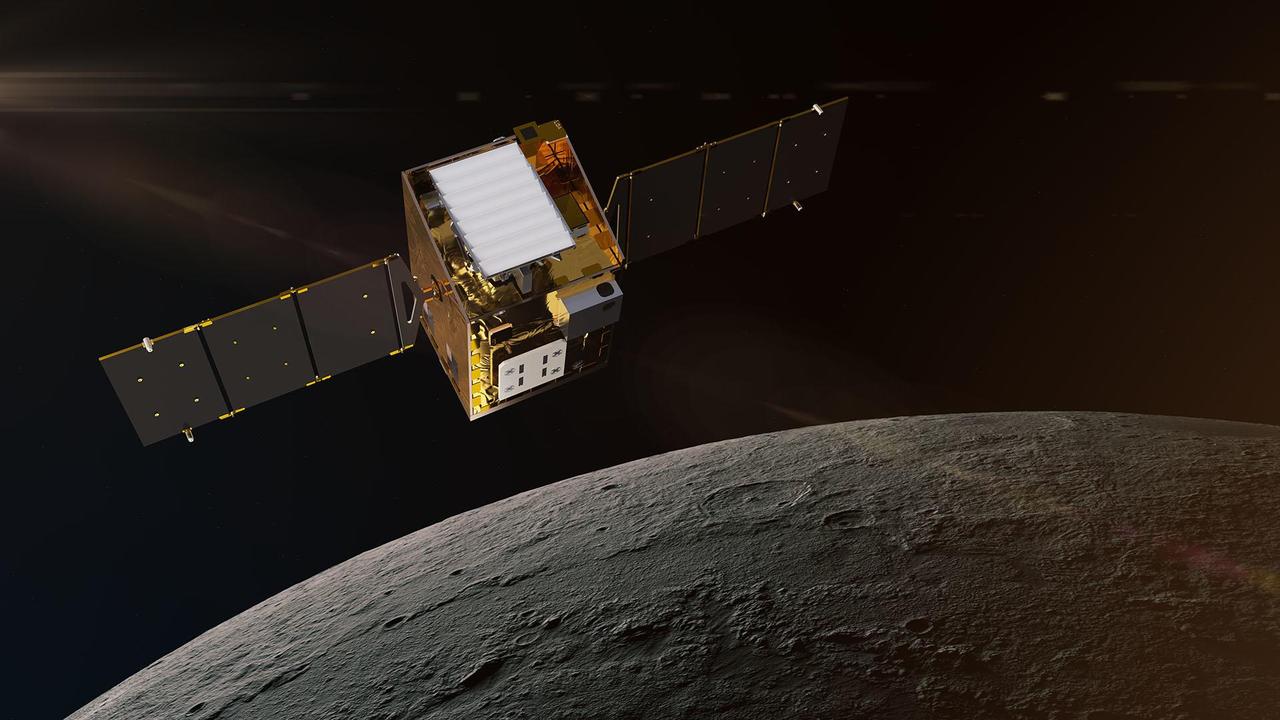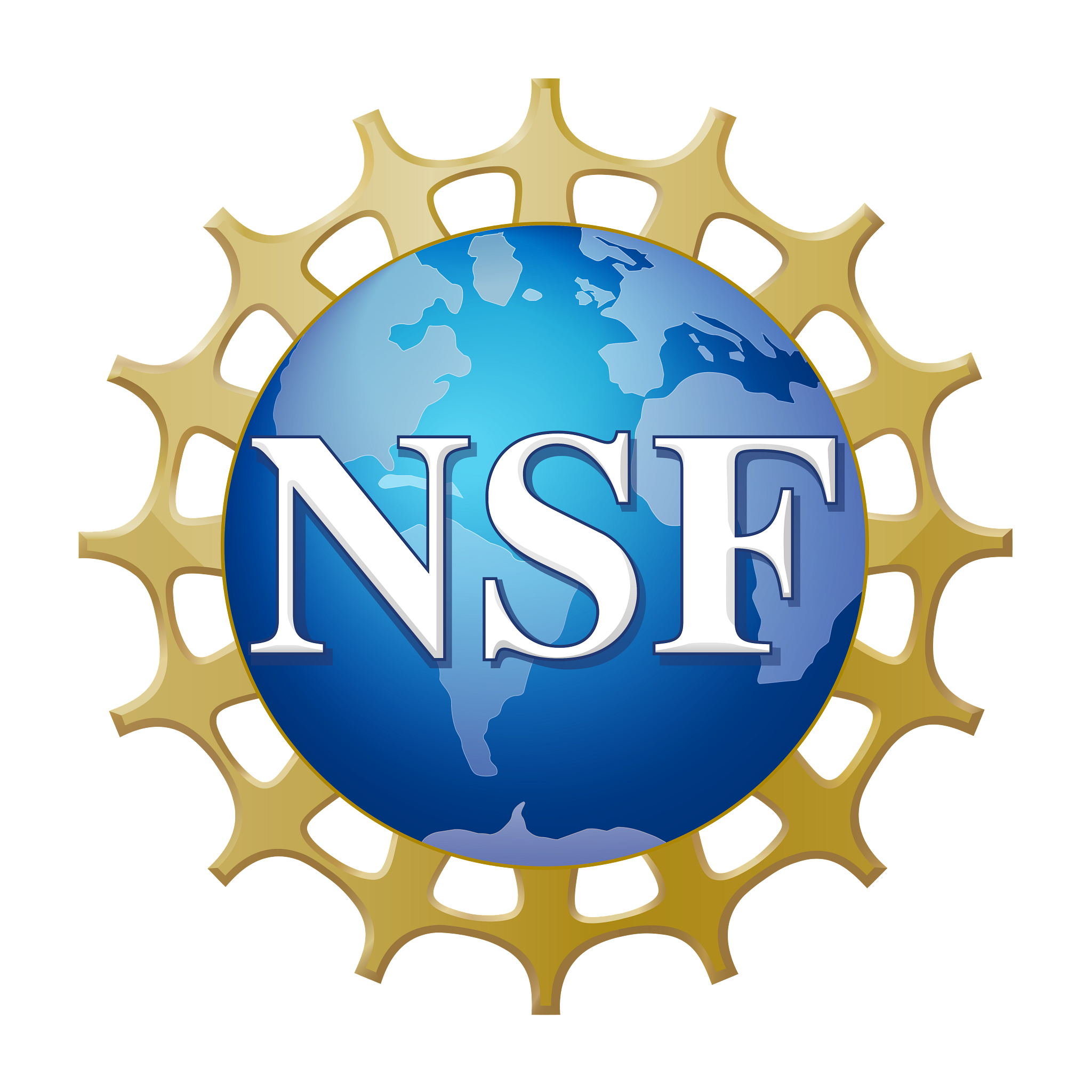About Workshop
Our workshop will help you gain hands-on experience in satellite technology.
The CubeSatSim, developed by AMSAT and used in our satellite workshop, is an excellent simulation of real research satellites, designed for educational use.
With its modular design, the CubeSatSim offers an interactive experience in satellite assembly and operations. You will get to install solar cells and various sensors, among other things, on the satellite’s circuit board.
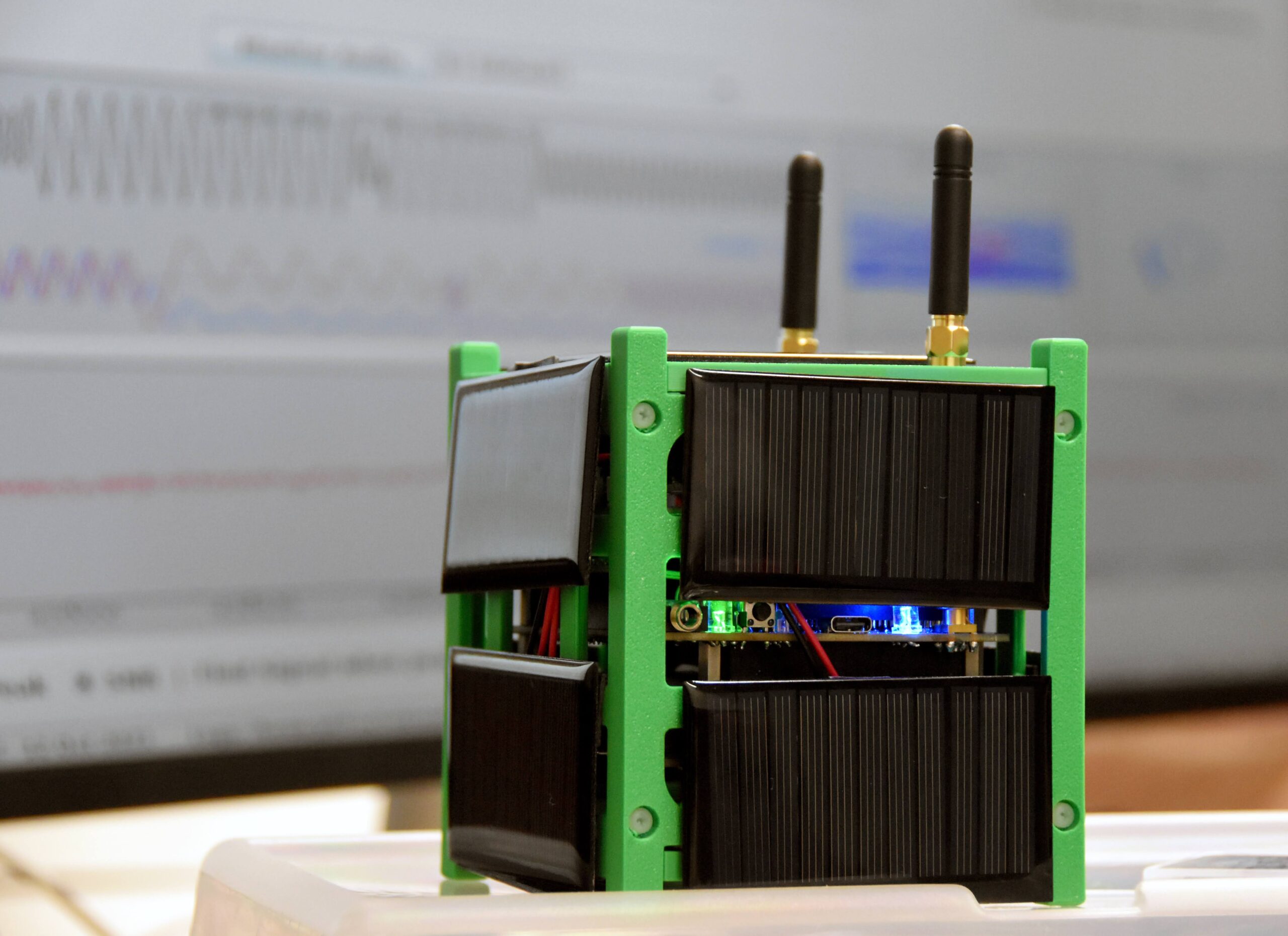
Topics
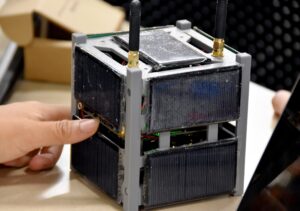
CubeSat and LEO
Gain a comprehensive understanding of the lifecycle and fundamental concepts of small satellites, with a particular emphasis on Low Earth Orbit (LEO) systems. This module introduces essential terminology, including Two-Line Element sets (TLE), NORAD, and the characteristics of different orbital classifications such as LEO, Medium Earth Orbit (MEO), and Geostationary Orbit (GEO).
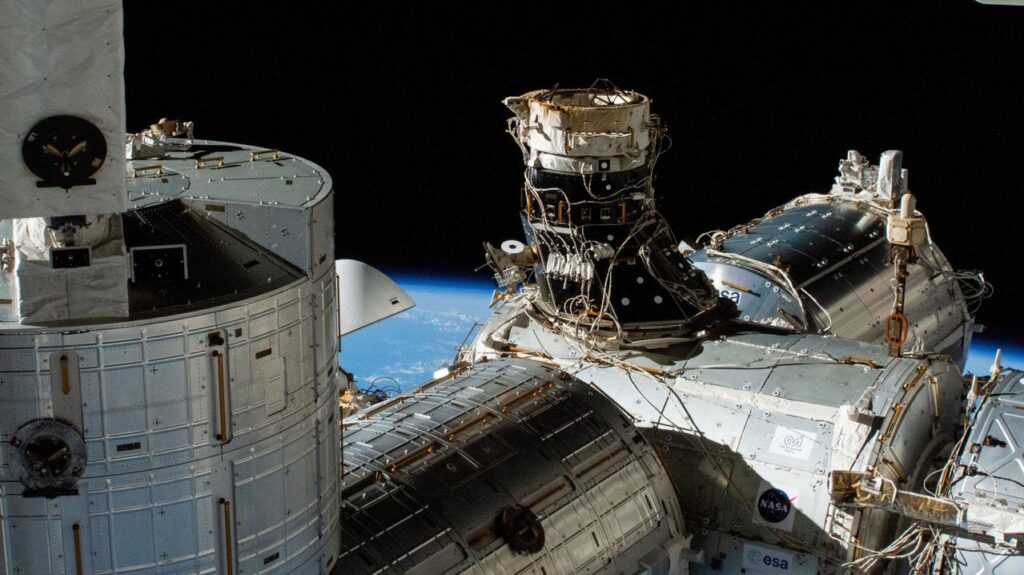
Satellite Subsystems
You will have a hands-on experience in this session by building your own CubeSat, and learn about subsystems of small satellite. This module will contain the concepts of telemetry and telemetry tracking, and the introduction to widespread COTS design practices.
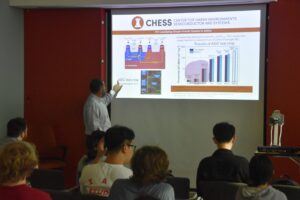
Material Sciences in Satellite
Study small satellite form factors, structures, materials, and mechanics. Engage in the construction of your own CubeSat. Learn about equipment reliability, space qualification, launch processes, and COTS satellite design. Explore thermal and vibration testing, orbital mechanics, look angles, perturbations, and radio considerations.
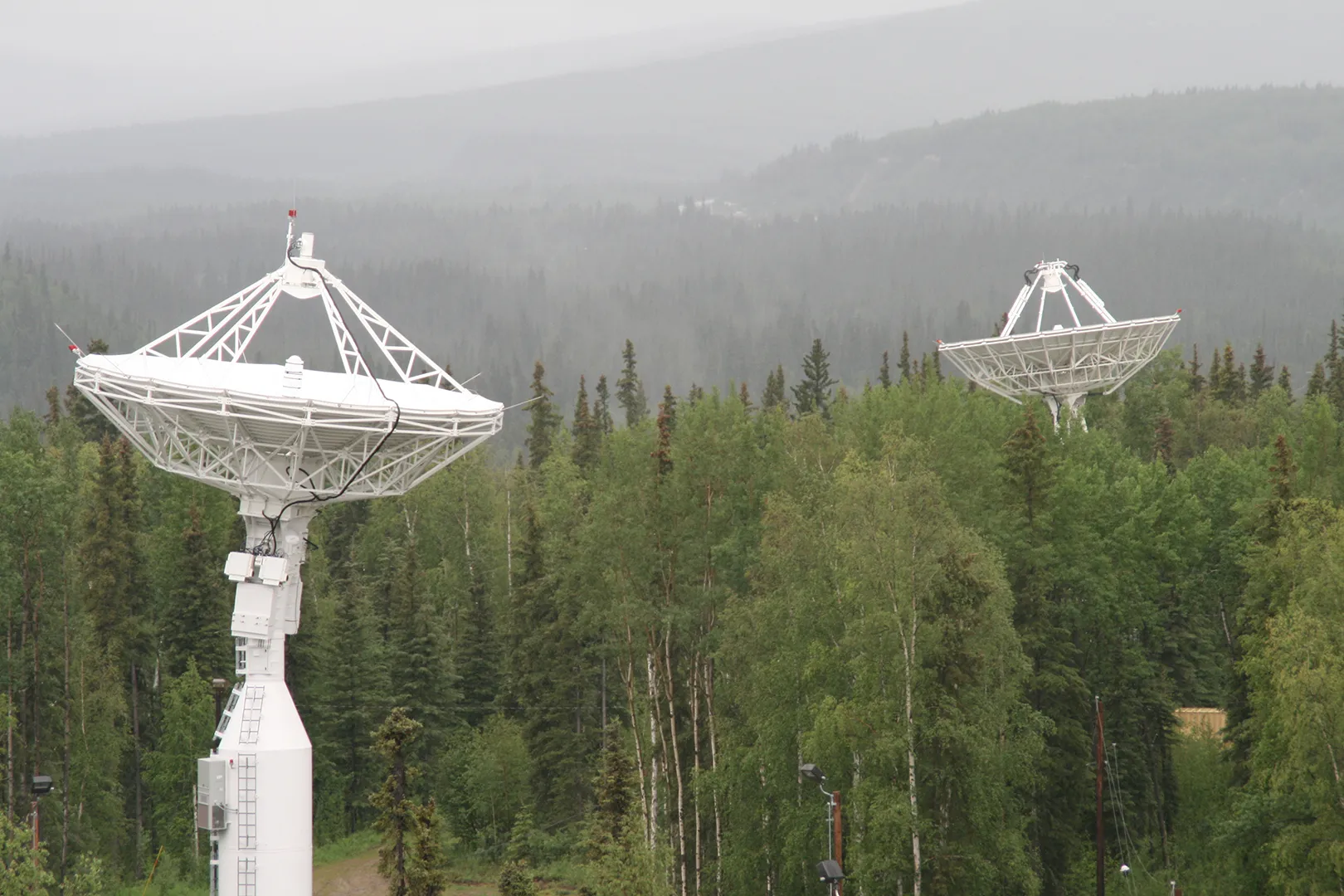
Satellite Communications
Learn about basic transmission and antenna theory, radio modulation and demodulation, space communication bands, ground station considerations, and engage in hands-on satellite communication lab exercises.
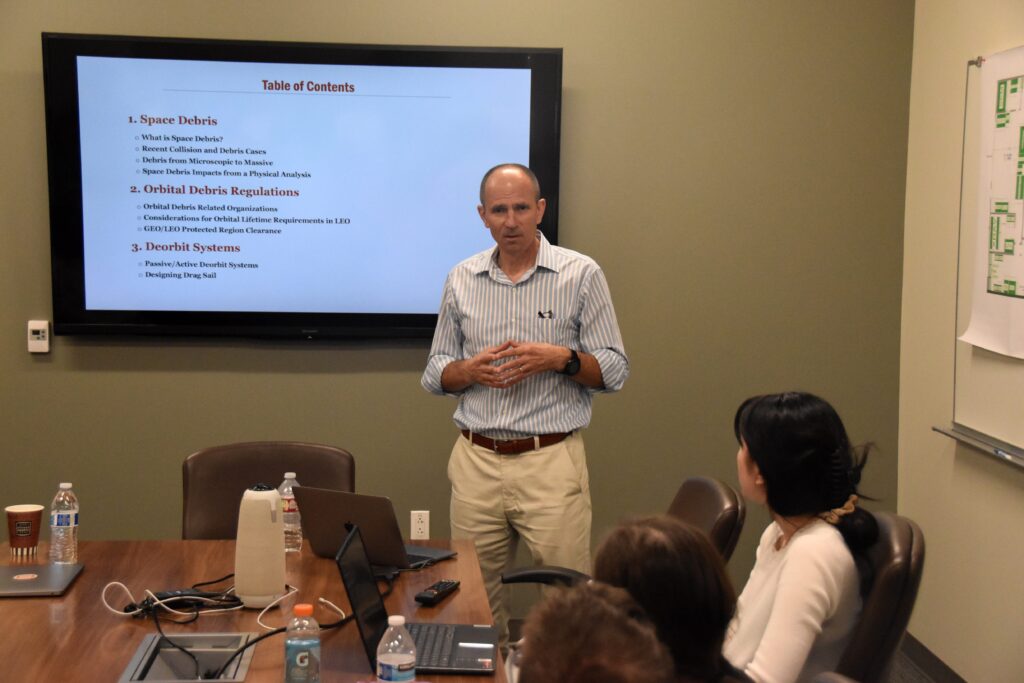
Space Debris
Learn about end-of-life time considerations, de-orbiting mechanisms, detecting small satellite malfunctions and implementing trigger conditions, as well as space debris and trajectory predictions for evasion.
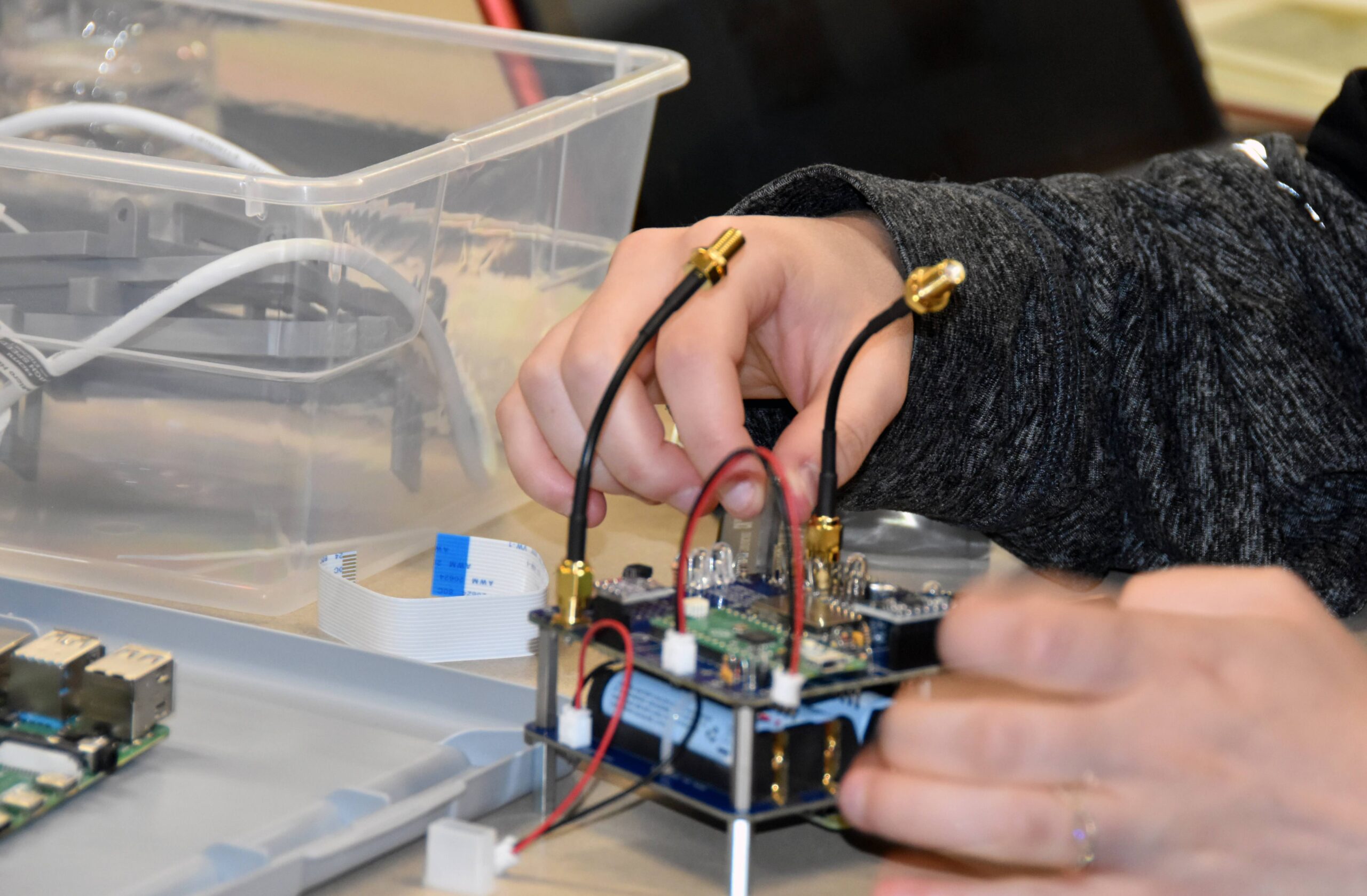
Build Your Own CubeSatSim
Explore domain-specific considerations for small space missions, engage in hands-on activities to build your own payloads, delve into one future technology.
Interested?
Check out our schedule!
